When we first visited Brisbane in 2013, we spent a week exploring the CBD (Central Business District). Since that time, we have enjoyed many facets of the CBD and over the next blog or two I want to take you on a little tour of the city of Brisbane, as we have experienced it. You might recognize some of the pictures as I have posted them before, but don’t worry, there are lots of new ones too. (But that isn’t the old and new that I am referring to in the title.)
As you will shortly see from the pictures, it is the city architecture that is this delightful mix of old and new – although “old” is quite a relative term as Brisbane is quite a young city – in terms of the world’s major cities – and even the churches that look old were only constructed around the turn of the 20th century and completed near the end of that century. Still, the juxtaposition of these old style buildings against the modern glass towers is striking.
Cathedral of St. Stephen

Cathedral of St Stephen

Cathedral of St Stephen closeup
Albert St Uniting Church

Churches – Albert St Uniting Church closeup
St. John’s Anglican Cathedral
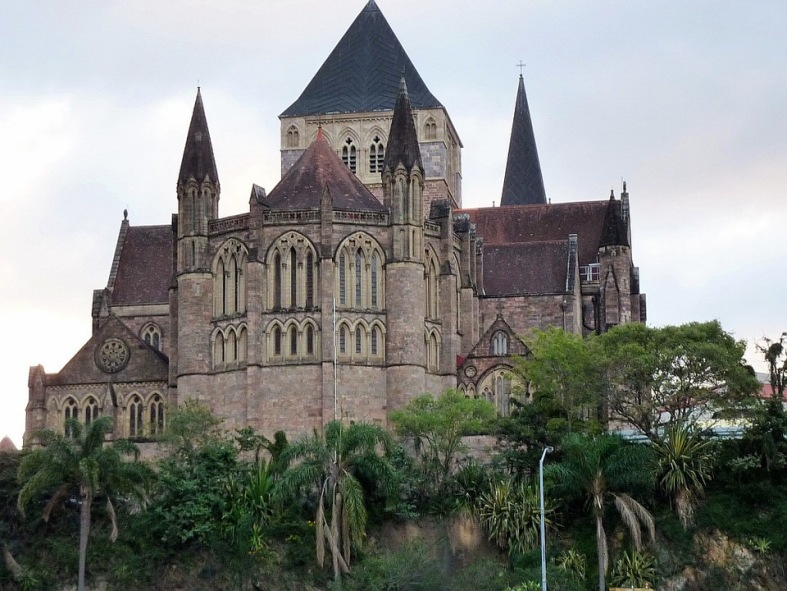
Cathedral – St. Johns Anglican
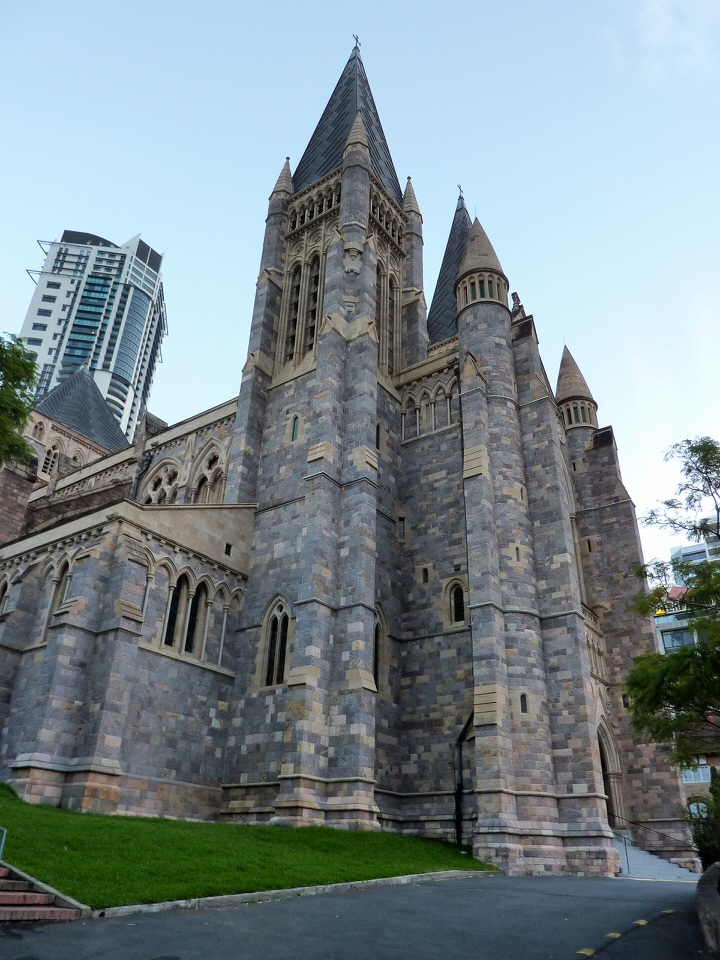
Cathedral – St. Johns Anglican – Construction of Brisbane’s largest and most striking cathedral began in 1901 and reached completion in 2009. Inside, handmade tapestry cushions depicting Australian flora and fauna grace every pew.
Some of the other interesting buildings that grace the city core are not churches, but they do have an interesting place in Brisbane’s architectural story. Speaking of story – or rather, history – here is a little….
Brisbane was formed initially as a penal colony for British convicts sent from Sydney. Only hardened criminals, and recidivist prisoners were sent to the Moreton Bay Convict Settlement. It acquired a reputation for violence, and death from disease. Further the overseers of the prisoners were prisoners themselves and chosen for that role based on their brutality and ability to maintain discipline through terrorizing the other prisoners. It won’t surprise you to learn that they had to be housed in separate barracks because they were hated and risked being murdered in their sleep.
Brisbane’s desirable suitability for fishing, farming, timbering, and other occupations caused it to be opened to free settlement in 1838, and to cease being a penal colony. The town became a municipality in 1859 and a consolidated metropolitan area in 1924.
When Ed and I were in Brisbane in May 2013 we visited Brisbane City Hall, which also houses the Museum of Brisbane. The exhibits at the museum were fascinating, especially the ones that depicted Brisbane’s phenomenal growth from just over 2000 people in 1851 to over 2.2 million in 2014.
City Hall and Museum of Brisbane

City Hall – Museum of Brisbane
In addition to a really great museum and the offices of Brisbane City Council, Brisbane City Hall, built between 1920 and 1930, also has 14 venue rooms for rent including one with a ceiling that has a constantly changing light show.
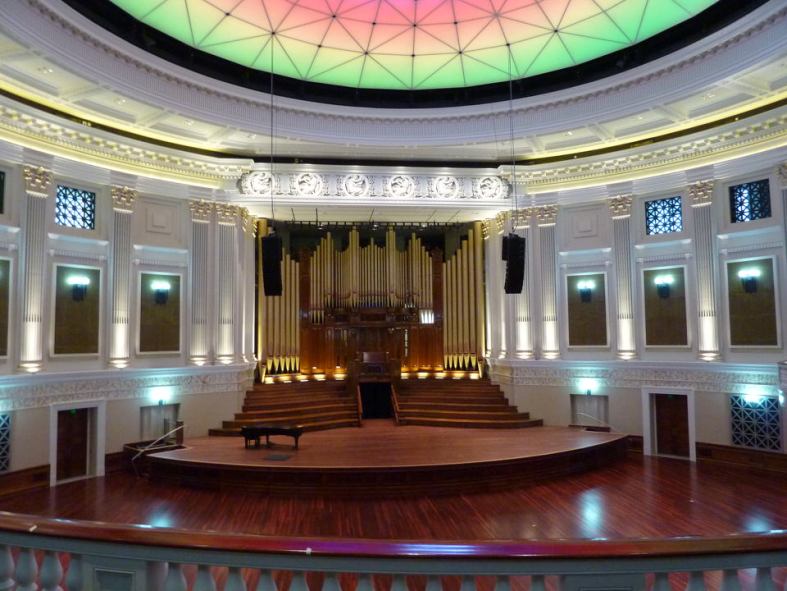
city hall venue room
- City Hall ceiling blue
- City hall ceiling red
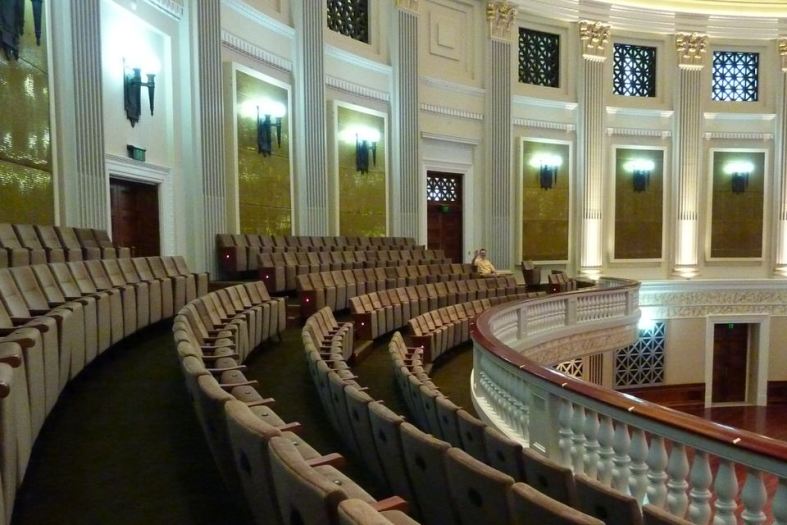
city hall venue room gallery
Treasury Casino

Treasury Casino CBD
There is a certain humorous irony to the fact that the former Queensland Government Treasury building(built between 1886 and 1928) is now occupied by the Treasury Casino.
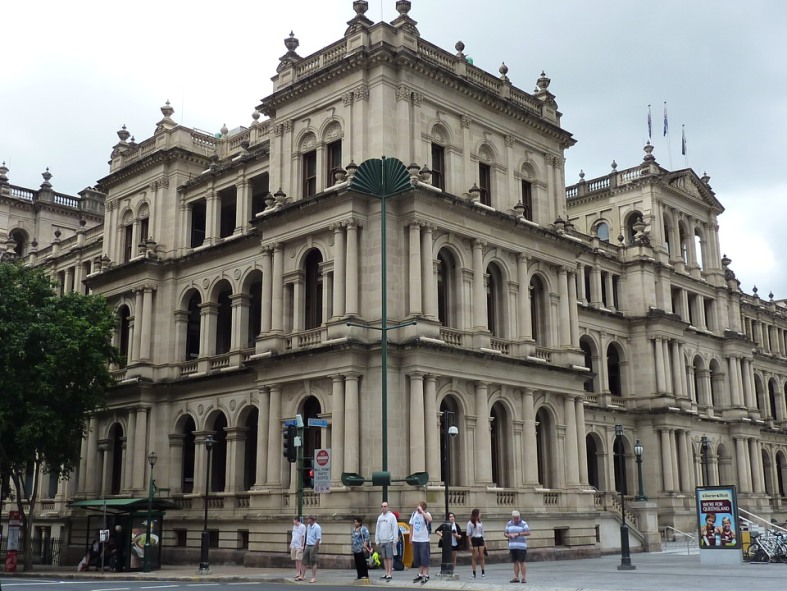
Treasury Casino
Customs House

Customs House
A few final pictures of interest…

Anzac Square 2
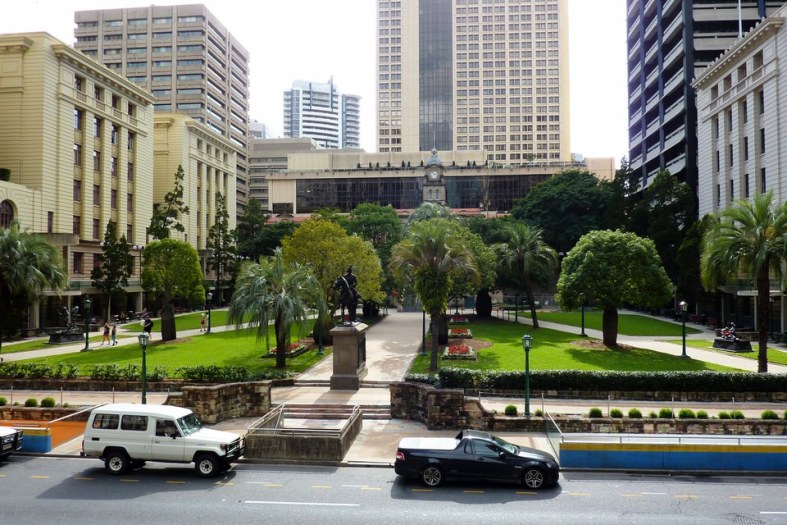
Anzac Square

Middle of the City
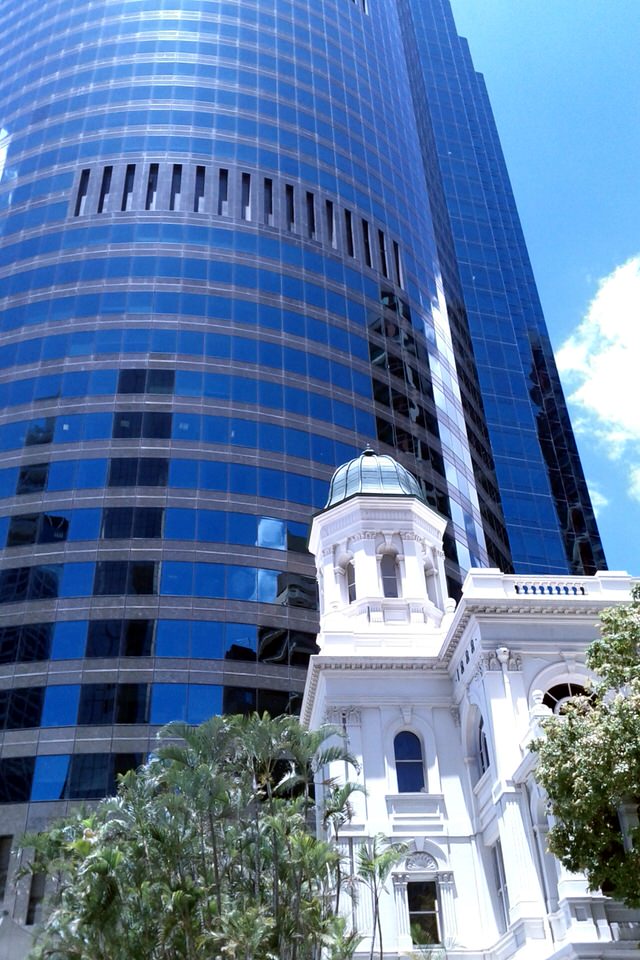
Waterfront Tower in background
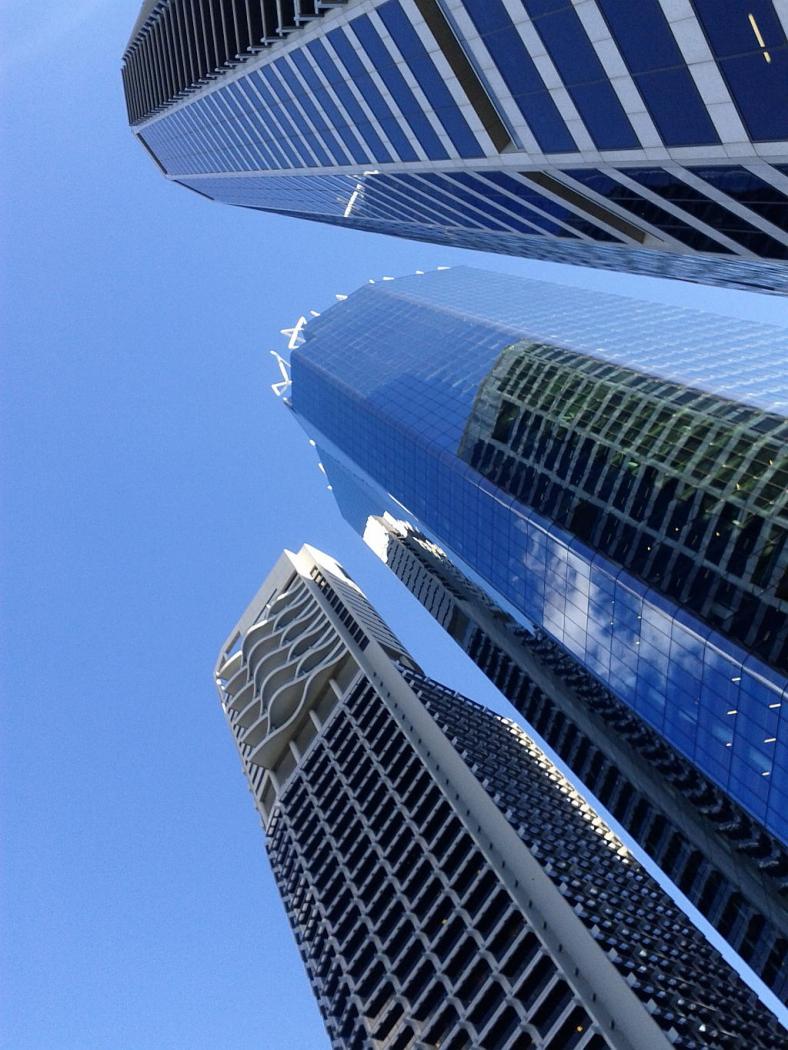




Thank you for the nice pictures I truly enjoy your comments about your life there I wish I could have a part in it keep your Blog coming Martha
LikeLiked by 1 person
I’m so glad that you are enjoying the pictures. Thanks for your lovely comments. And, even though you are not physically here in Australia, you are here in our hearts.
LikeLike
Diane, great set of pictures. As you say, it is very interesting to see the old with the new. Some of the old architecture is simply fantastic. Glad you are enjoying your time down under.
LikeLiked by 1 person